Barley flour isn’t just another option on the shelf—it’s a powerhouse ingredient ready to elevate your health and your cooking. Did you know barley contains up to 17 grams of fiber per 100 grams, making it one of the richest sources among grains? That’s not just good for digestion—it’s a boon for heart health, blood sugar control, and even sustaining energy throughout your day.
But barley isn’t just about nutrition; it brings a subtly sweet, nutty flavor that can transform your recipes without pushing you off track from your health goals. Whether you’re looking to make more sustainable choices, stretch your grocery budget, or explore a naturally wholesome taste, barley delivers on all fronts. And the best part? It’s incredibly versatile.
This article dives into 9 inspiring reasons to include barley in your pantry, offering simple, practical ways to start benefiting from it today. If you’re ready to make a small change for a big impact, keep reading—you might just find your new favorite ingredient.
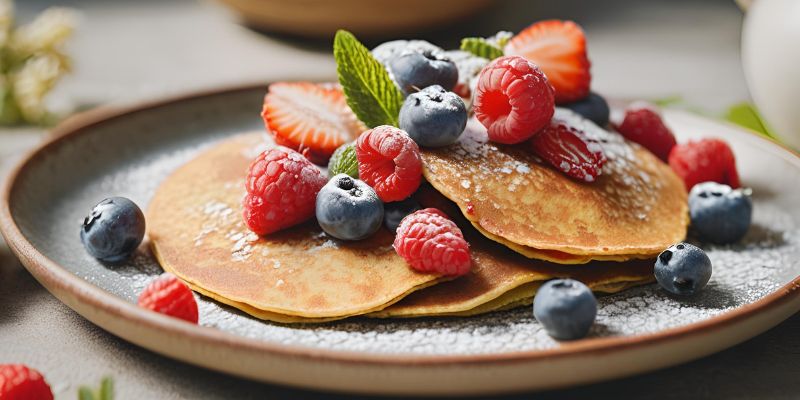
What Is Barley Flour?
Before we get to why barley is such a remarkable choice, let’s understand what it is.
Understanding Barley Flour
Barley flour is created by milling barley grains into a fine powder. Unlike highly refined white flours, barley retains a significant amount of fiber, vitamins, and minerals. It’s a versatile ingredient used for baking, thickening soups, and even as a healthy alternative in breading or coatings.
Types of Barley Used
There are two main types of barley that make it into flour—hulled and pearl barley. Hulled barley, being minimally processed, is more nutrient-dense and preferred for making whole grain barley. Pearl barley, on the other hand, has had its outer bran layer removed, making it slightly lower in fiber.
1. Rich in Nutrients
Barley Flour’s Nutritional Powerhouse
Barley flour is loaded with key nutrients like B vitamins, magnesium, and selenium. But its star feature is fiber—particularly beta-glucans, a soluble fiber that supports a variety of health benefits.
Adding barley to your meals helps boost fiber intake, which is crucial for digestive health. It doesn’t stop there. The beta-glucans in barley have been shown to lower LDL (bad) cholesterol, reducing the risk of heart disease.
Blood Sugar Stability
Another standout benefit? Barley has a low glycemic index, meaning it causes a gradual release of sugar into your bloodstream. For individuals managing diabetes or simply avoiding sugar spikes, this makes barley an excellent choice compared to more refined flours.
2. Supports Heart Health
Why Barley Flour Is a Heart-Friendly Food
Heart disease remains one of the leading health concerns globally, but barley can genuinely make a difference. The beta-glucans in barley are known to reduce cholesterol levels by binding to bile acids in the digestive system, effectively removing bad cholesterol from the body.
Evidence-Backed Impact
Studies consistently show that consuming barley or its products is associated with improved cardiovascular markers, from better cholesterol profiles to reduced artery inflammation. When you choose barley, you’re cooking up something good for your heart.
“Discover how organic artichokes can transform your well-being with their impressive health benefits—explore the ‘5 Powerful Health Perks’ they offer in our latest blog post!”
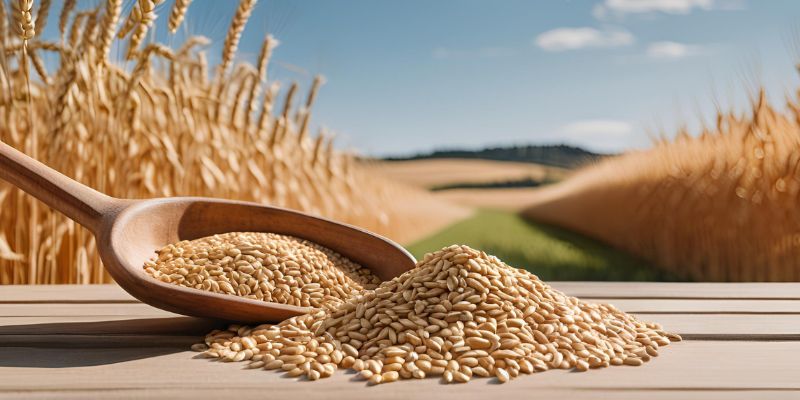
3. Sustainable and Eco-Friendly
Barley Flour for the Eco-Conscious Consumer
Did you know that barley requires significantly less water and fewer resources to grow compared to other grains like wheat or rice? Choosing barley isn’t just smart, it’s sustainable.
Supporting Local Farmers and Communities
Barley is widely grown across various regions, and purchasing it from local producers means you’re making an ethical choice while lowering your product’s carbon footprint.
4. Gluten-Friendly Baking Option
Barley Flour’s Low-Gluten Profile
While barley isn’t gluten-free, it contains significantly lower levels of gluten than wheat flour. This makes it a great option for those with mild gluten sensitivity or those wanting to reduce gluten intake for other reasons.
Baking with Barley Flour
Barley has a slightly dense texture, so if you’re baking bread or cakes, consider mixing it with all-purpose or alternative flours. It delivers a tender crumb and adds a slightly nutty, rich flavor to baked goods.
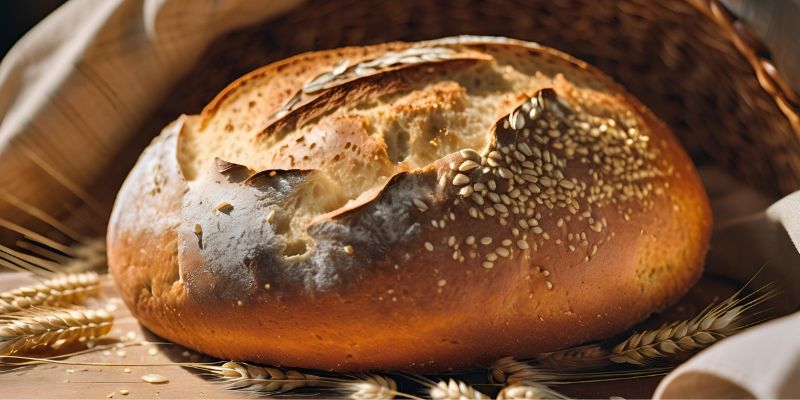
5. Versatile in Everyday Use
Get Creative with Barley Flour
Barley flour is not just for baking. Use it to thicken soups, make coatings for chicken or fish, or even in homemade pasta dough. Its versatility means you can find endless ways to bring it into your meals.
Practical Pantry Staple
With its subtle flavor, barley blends seamlessly into both sweet and savory dishes. Plus, it has a long shelf life, making it a practical ingredient to always have on hand.
6. Affordable Ingredient
Why Barley Saves You Money
Barley flour often costs less than trendy health flours like almond or coconut flour. It’s a budget-friendly way to eat well without sacrificing nutrition.
DIY Barley Flour at Home
Want to stretch your dollars even further? Making barley flour is simple—just grind whole barley grains in a high-powered blender or grain mill for a fresh, homemade alternative.
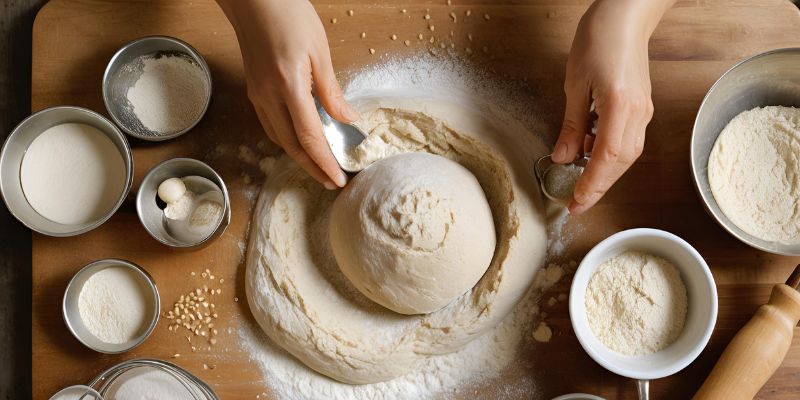
7. Boosts Skin Health
Barley Flour for Inner and Outer Wellness
Skincare starts from within, and barley flour delivers antioxidants like selenium, which protect skin cells from damage and promote elasticity.
Beta-Glucans for Skin Repair
Beta-glucans in barley don’t just work inside; they’re even used in beauty products for hydration and skin repair. You can turn barley flour into a DIY face mask when mixed with honey and yogurt for a nourishing treatment.
8. Great for Plant-Based Diets
Barley Flour as a Plant-Based Powerhouse
For vegetarians and vegans, barley adds both protein and fiber to meals, making it a valuable ingredient for balanced eating.
Creative Vegan Meal Ideas
From hearty vegetable patties to nutrient-rich smoothies, barley is endlessly adaptable to vegan and vegetarian diets.
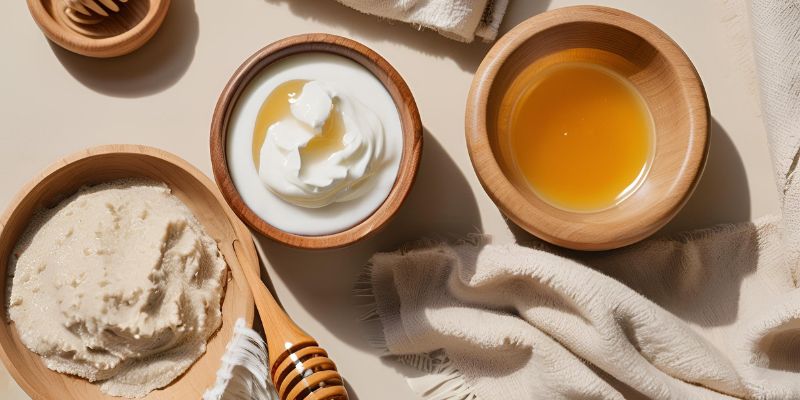
9. Delightful Taste and Aroma
Flavor That Stands Out
Unlike refined flours that can taste bland, barley has a nutty, slightly sweet flavor that enhances recipes. Whether it’s bread, muffins, or savory batters, it’s bound to make your cooking more exciting.
Aroma That Elevates Cooking
Barley flour’s aroma can bring your dishes to life. It’s especially wonderful in baked goods, as its scent invites warmth and comfort to your kitchen.
How to Start Using Barley Today
Easy Ways to Introduce Barley into Your Diet
Not sure where to begin? Start small—swap a portion of the regular flour in your baked goods for barley. Use it to coat proteins or whisk it into soups for added thickness and nutrients.
Storing Barley for Freshness
Store barley in an airtight container in a cool, dry place. For longer shelf life, you can even freeze it.
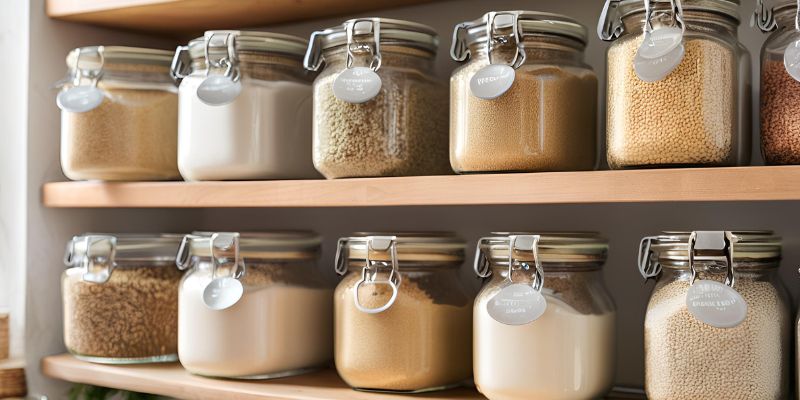
Wrapping It Up
Barley flour is more than just a healthy ingredient—it’s a versatile, affordable, and environmentally friendly choice with endless benefits. From its rich fiber content to its delightful flavor and aroma, it’s clear why barley is fast becoming a pantry staple for health-conscious cooks.
Choosing barley isn’t just a smart nutritional decision—it’s an inspiring one. Try it today, and you might just fall in love with its potential.
Want to know why this nutrient-packed vegetable deserves a spot on your plate? Check out our detailed guide on the 7 amazing benefits of organic asparagus and unlock its full potential for your health!
Stay connected with us!
- Follow us on Instagram: @RoastedKitchen25 for daily cooking inspiration.
- Subscribe to our newsletter for exclusive recipes, expert tips, and kitchen hacks straight to your inbox!
Frequently Asked Questions About Barley Flour
1. What is barley flour, and how is it made?
Barley flour is made by grinding barley grains into a fine powder. It comes in two main types—whole grain barley flour, made from hulled barley, and regular barley flour, often from pearl barley. Both versions retain the grain’s nutty flavor and nutrients, but whole grain barley flour contains more fiber and is considered the healthier option.
2. What are the main health benefits of using barley flour?
Barley flour is rich in fiber, particularly beta-glucans, which can help lower cholesterol levels, improve digestion, and stabilize blood sugar. It’s also loaded with essential vitamins and minerals like B vitamins, magnesium, and selenium, making it a nutrient-dense alternative to refined flour. Its low glycemic index makes it particularly suitable for people managing diabetes or looking to prevent blood sugar spikes.
3. How can I use barley flour in my cooking?
Barley flour is incredibly versatile. You can use it to bake bread, muffins, or pancakes, and it works well as a thickener for soups and stews. It can also be combined with other flours for better texture in baked goods or used to coat proteins like chicken or fish for a nutty, rich flavor.
4. Is barley flour gluten-free?
No, barley flour is not gluten-free. It does contain gluten but in much lower quantities compared to wheat flour. While it’s not suitable for individuals with celiac disease, it can be a useful ingredient for those with mild gluten sensitivities or those reducing their gluten intake.
5. What is the best way to store barley flour?
To keep barley fresh, store it in an airtight container in a cool, dry place, away from heat and moisture. For longer-term storage, you can freeze barley flour, which helps preserve its freshness and nutrients. Just ensure the container is sealed to prevent condensation when thawing.

Food has been at the heart of my life since childhood. My father, a passionate restaurateur, owned and ran Cave Way, a beloved restaurant in Narayanganj, Bangladesh. For 19 wonderful years, Cave Way delighted customers with its warm atmosphere and mouthwatering dishes. It was more than a restaurant; it was a community landmark. When my father passed away, the restaurant’s doors closed, but its legacy lived on in me. As a businessman and food enthusiast, I’ve always felt a connection to the joy and stories that food brings into our lives. Roasted Kitchen is my way of honoring that legacy, sharing my passion, and connecting with others who love cooking as much as I do.

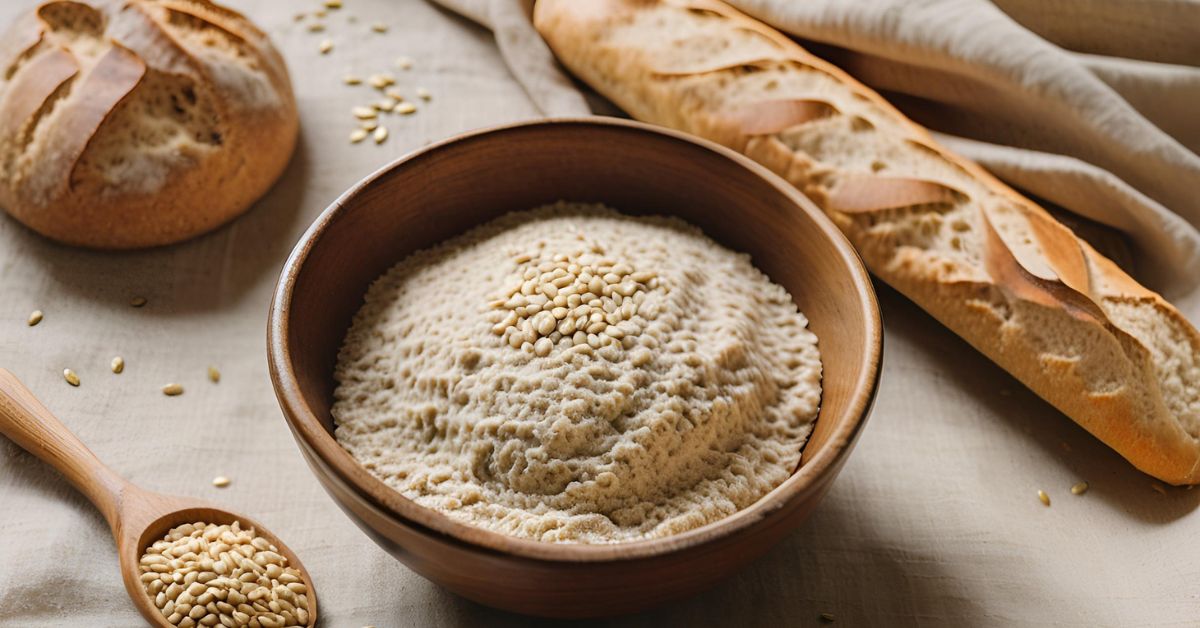








 Subscribe to our free newsletter for tips, tutorials, and insights!
Subscribe to our free newsletter for tips, tutorials, and insights!